I want to determine how well the estimated model fits to the future new data. To do this, prediction error plot is often used. Basically, I want to compare the measured output and the model output. I am using the Least Mean Square algorithm as the equalization technique. Can somebody please help what is the proper way to plot the comparison between the model and the measured data? If the estimates are close to true, then the curves should be very close to each other. Below is the code. u is the input to the equalizer, x is the noisy received signal, y is the output of the equalizer, w is the equalizer weights. Should the graph be plotted using x and y*w? But x is noisy. I am confused since the measured output x is noisy and the model output y*w is noise-free.
%% Channel and noise level
h = [0.9 0.3 -0.1]; % Channel
SNRr = 10; % Noise Level
%% Input/Output data
N = 1000; % Number of samples
Bits = 2; % Number of bits for modulation (2-bit for Binary modulation)
data = randi([0 1],1,N); % Random signal
d = real(pskmod(data,Bits)); % BPSK Modulated signal (desired/output)
r = filter(h,1,d); % Signal after passing through channel
x = awgn(r, SNRr); % Noisy Signal after channel (given/input)
%% LMS parameters
epoch = 10; % Number of epochs (training repetation)
eta = 1e-3; % Learning rate / step size
order=10; % Order of the equalizer
U = zeros(1,order); % Input frame
W = zeros(1,order); % Initial Weigths
%% Algorithm
for k = 1 : epoch
for n = 1 : N
U(1,2:end) = U(1,1:end-1); % Sliding window
U(1,1) = x(n); % Present Input
y = (W)*U'; % Calculating output of LMS
e = d(n) - y; % Instantaneous error
W = W + eta * e * U ; % Weight update rule of LMS
J(k,n) = e * e'; % Instantaneous square error
end
end


